Russell Leong writes: The E-Book Series will continue the UCLA tradition of publishing Asian America’s most distinguished literary writers. Amerasia has published stories, letters, poetry, essays, and interviews by and with: Carlos Bulosan, Frank Chin, Maxine Hong Kingston, Jessica Hagedorn, Karen Tei Yamashita, Monique Troung, Garrett Hongo, Lawson Inada, Amitava Kumar, Al Robles, Alan Chong Lau, Janice Mirikitani, Wakako Yamauchi, Shahidul Alam, Hisaye Yamamoto, Vijay Prashad, Andrew Lam, Wing Tek Kum, Gary Pak, and hundreds of writers, critics, and scholars during the past 40 years. Read about the E-Book Series below and check back on this blog for manuscript application procedures.
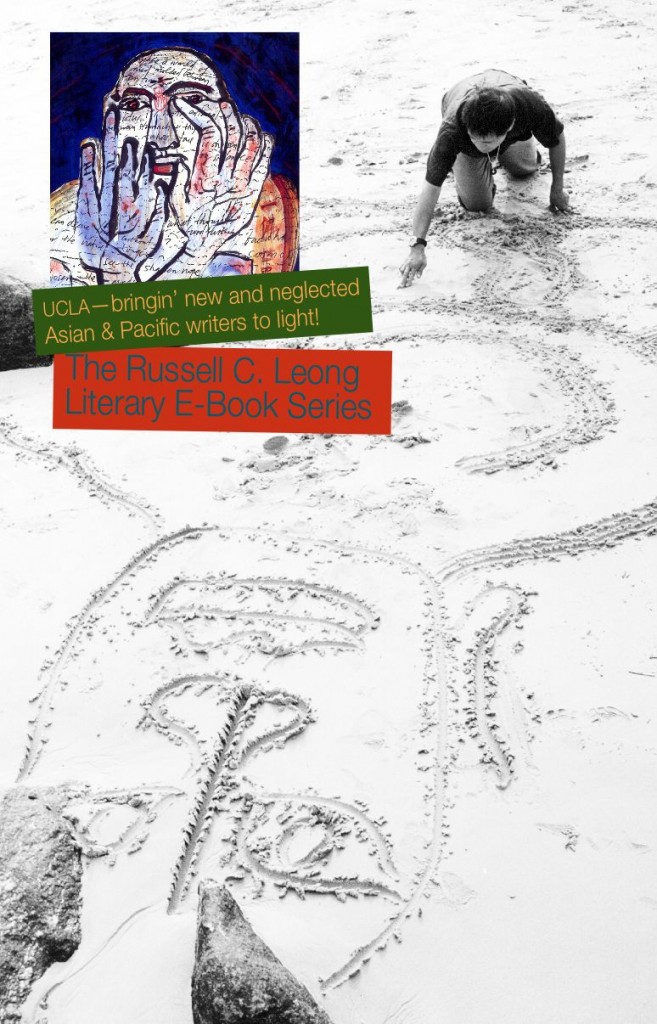
Graphic by Mary Uyematsu Kao
The UCLA Asian American Studies Center and Amerasia Journal are proud to announce an innovative and unprecedented publishing project in Asian American arts and letters, The Russell C. Leong Literary E-Book Series. A new 21st century venture, this series will showcase both new and neglected Asian and Pacific writers of the Americas. Recipients of the Leong Literary E-Book Series will have their book designed and formatted in a downloaded E-Book format available internationally through the Leong Literary App. Selected works will be published in Amerasia Journal, the premier journal of Asian American Studies, and will be promoted online, in print, and through showcase readings and interviews.
Russell C. Leong was the national editor of UCLA’s Amerasia Journal for over three decades, and has been awarded the American Book Award for his stories and the PEN Josephine Miles Award for his poetry. His work has been published and translated in Los Angeles, San Francisco, New York, Shanghai, Nanjing, Hong Kong, Taipei, and Kobe.
Donate and become a friend of the series
Please consider donating to the Russell C. Leong Literary E-Book Series to help us get the project off the ground. The UCLA Asian American Studies Center has received a matching challenge grant of $5,000, on our way to the overall goal of $50,000.
Tax deductible donations can be made online through the Asian American Studies Center website:
1. Go to the UCLA AASC Gift Giving site
2. Choose “Director’s Discretionary Fund – Asian American Studies Center” in the pull-down menu in the “Gift Information” section.
3. Please indicate you would like to donate to the “Russell C. Leong Literary E-Book Series” in the “Comments” box in the “Additional Information” section at the bottom of the page.
Questions regarding donations can be directed to Professor David K. Yoo, Director by email (dkyoo@ucla.edu) or by phone (310-825-2974). Thank you.

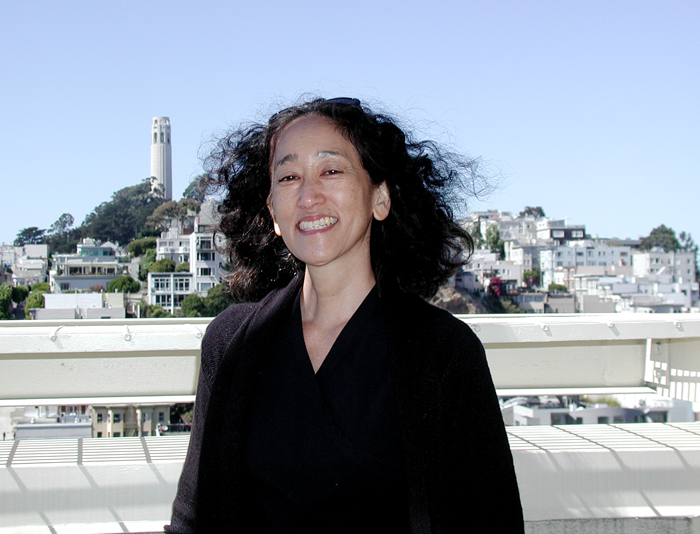
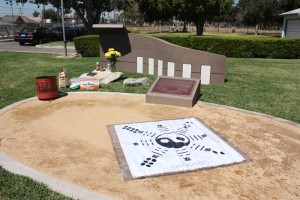
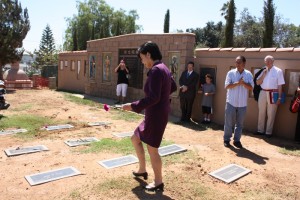
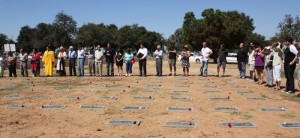
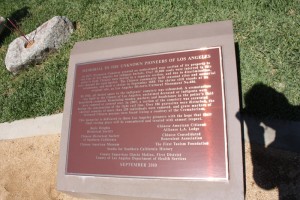
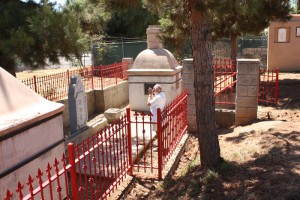
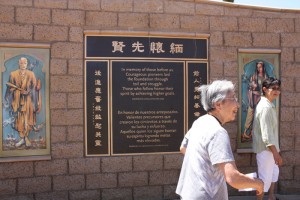
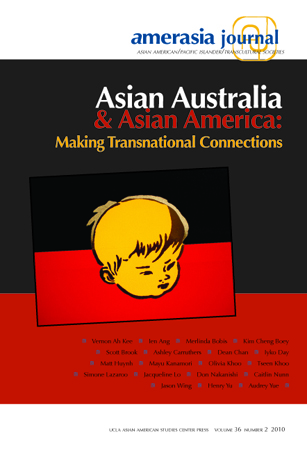
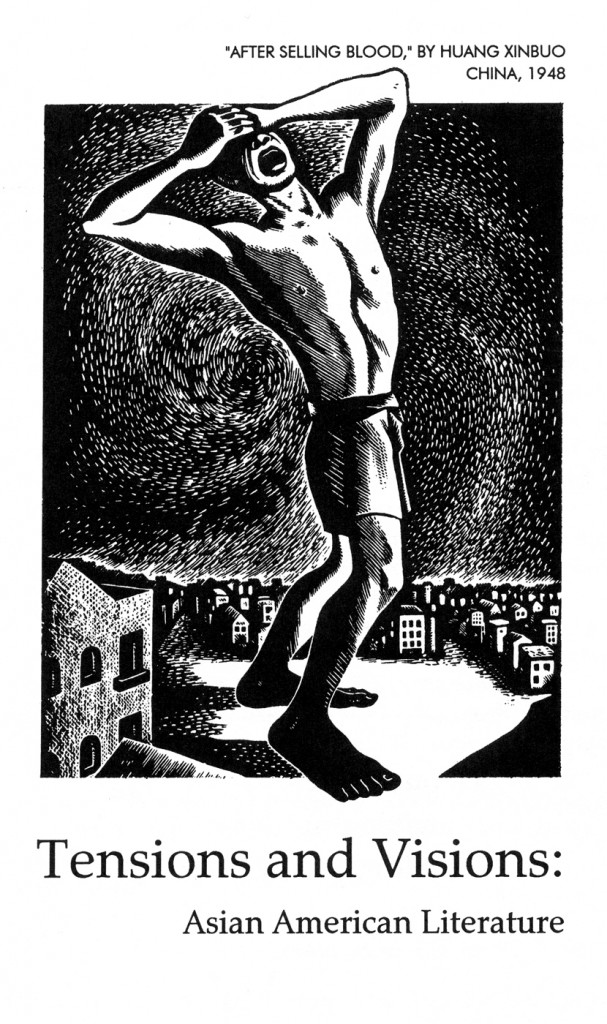

 Amerasia on Facebook!
Amerasia on Facebook!